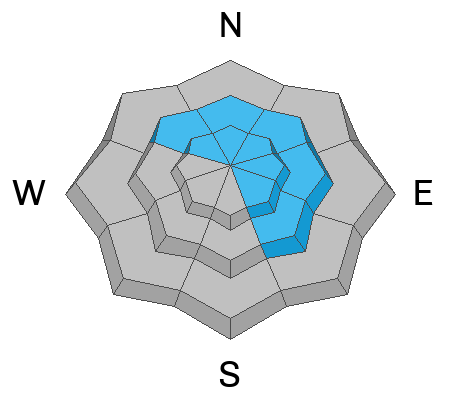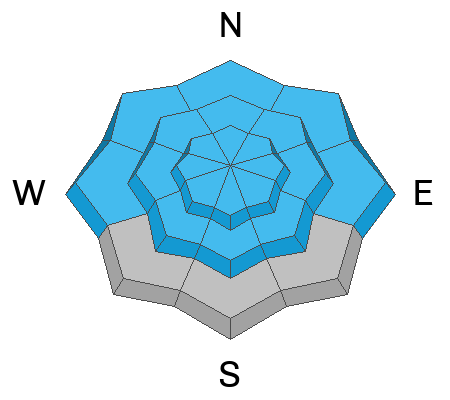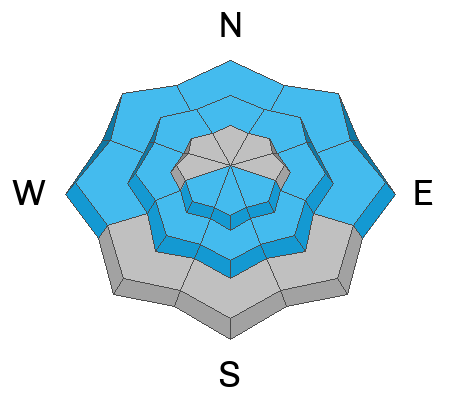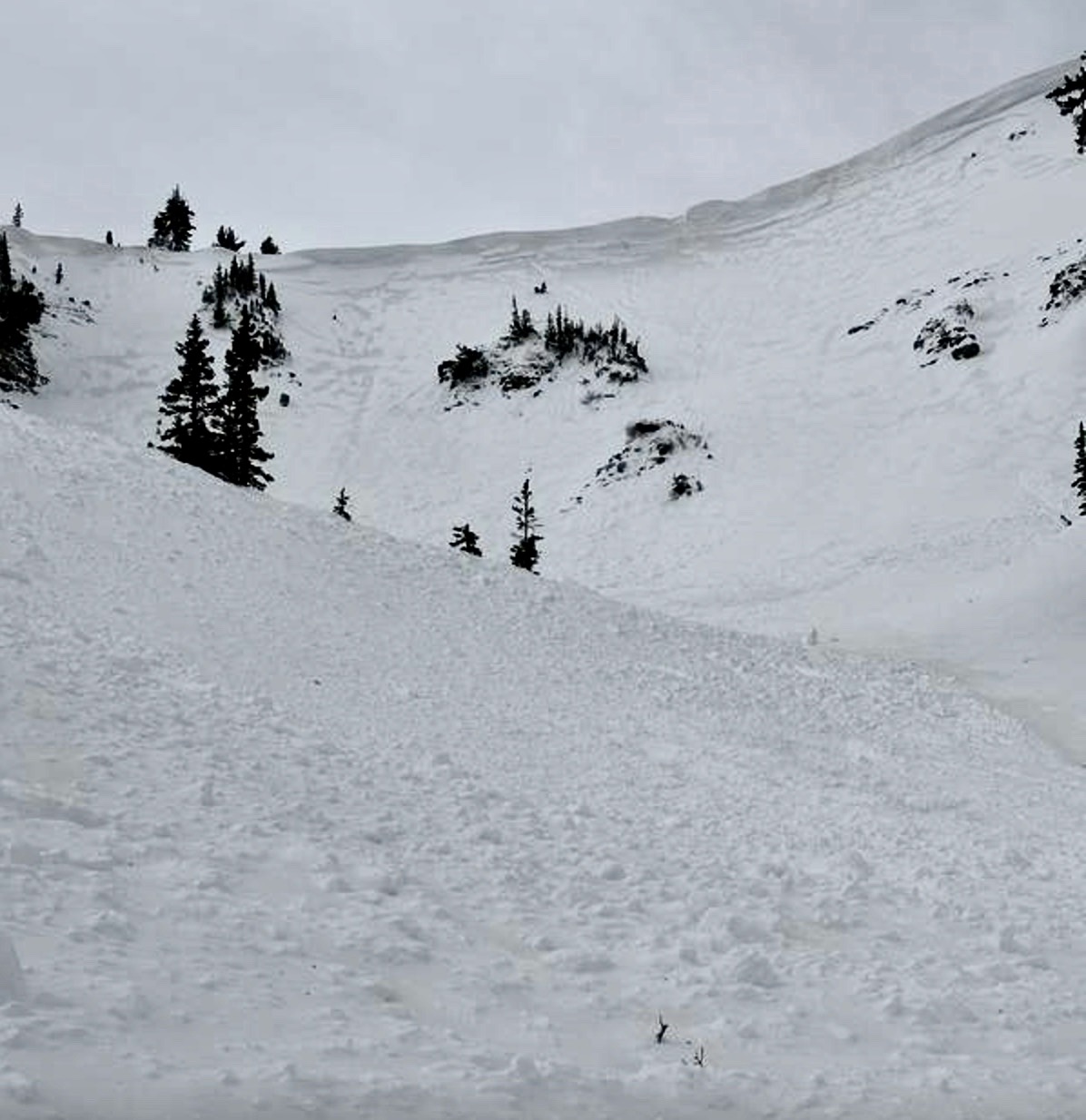Forecast for the Logan Area Mountains

Issued by Toby Weed on
Tuesday morning, February 4, 2025
Tuesday morning, February 4, 2025
Dangerous avalanche conditions exist at all elevations in the backcountry. There is CONSIDERABLE danger on drifted slopes steeper than 30°, and people are likely to trigger dangerous slab avalanches failing on a sugary, persistent weak layer buried 1 to 3 feet deep. Rain saturated the snow in low and mid-elevation terrain, and mountain temperatures remain exceptionally warm, so wet avalanches are likely.
- Careful snowpack evaluation, cautious route-finding, and conservative decision-making are essential for safe backcountry travel today.
- Avoid steep slopes with recent deposits of wind-drifted snow and stay off and out from under those with warmth-softened, rain-saturated, moist or wet snow.
- You'll find safer riding in the meadows and on slopes less than 30° not connected to or beneath steeper slopes.
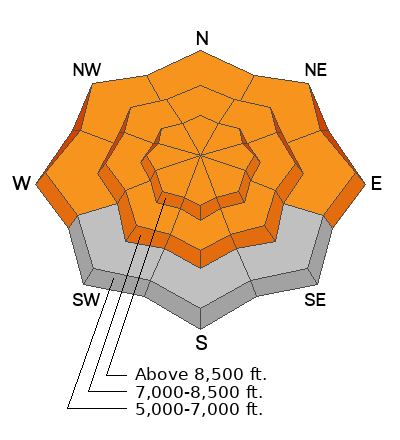
Low
Moderate
Considerable
High
Extreme
Learn how to read the forecast here


